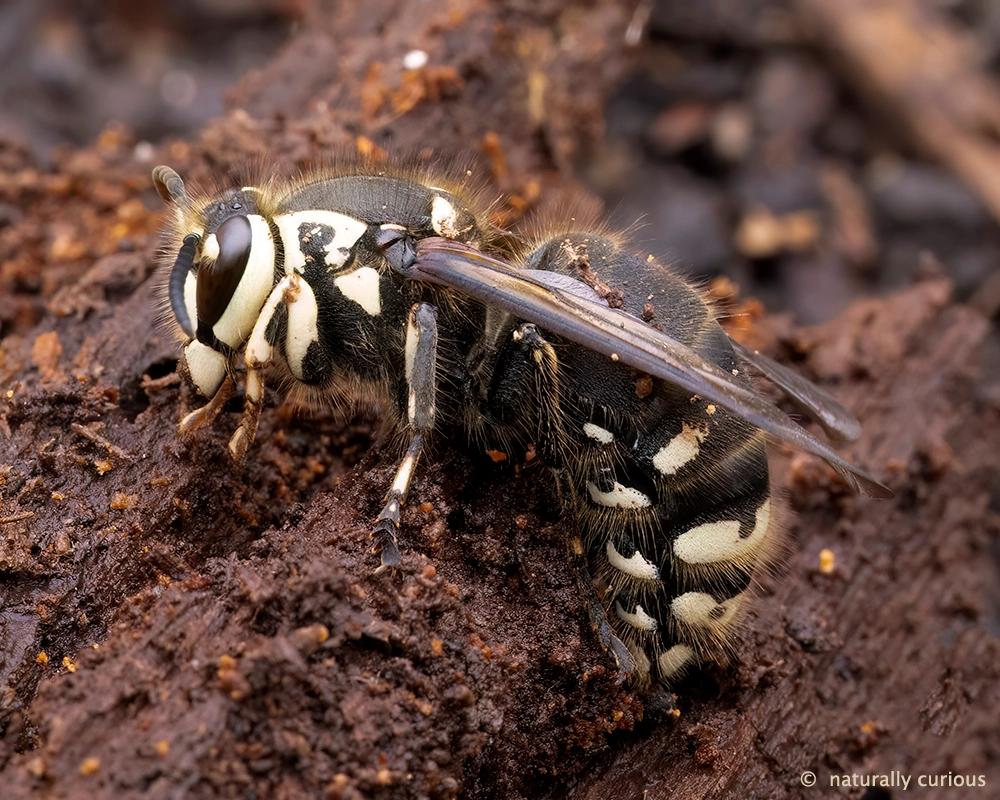Identify the Bald-Faced Hornet!

Despite the common misconception, the bald-faced hornet isn’t actually a hornet at all! It is actually a relative of the yellow jacket and other wasps. Their name comes from their black color on the body, and white face. They look very similar to yellow jackets, but can be distinguished by their white-patterned face. They are also slightly larger, and are often called hornets due to their aggressive behavior.
Tread carefully when they are nearby, since they can become particularly aggressive and attack anyone or anything that comes too close. Other relative insects only sting when provoked, but the bald-faced hornet may attack more easily. This can make their removal difficult, which makes it essential to be removed by a professional. In addition, since they have smooth stingers, they can sting over and over again.
These insect nests are normally found in trees, shrubs, overhangs, and other structures. Their nests are made of paper, and can grow to around 2 feet in length, and a foot in diameter. They are the most active during the day, and can have 100-400 member nests. Furthermore, they normally are at their peak during the late summer. This is because the male insects prepare for breeding and inseminate the females for the next summer. These females are the only ones from the colony that survive the winter.
If you spot a bald-faced hornet nest in your proximity, it is essential that you keep your distance and call a professional. This will prevent stings, since these insects can become quite aggressive. If you try and remove the nest on your own, you may just end up with a bunch of painful stings. Give us a call at Envirocare Pest Solutions, and we can remove your problem sting-free!
